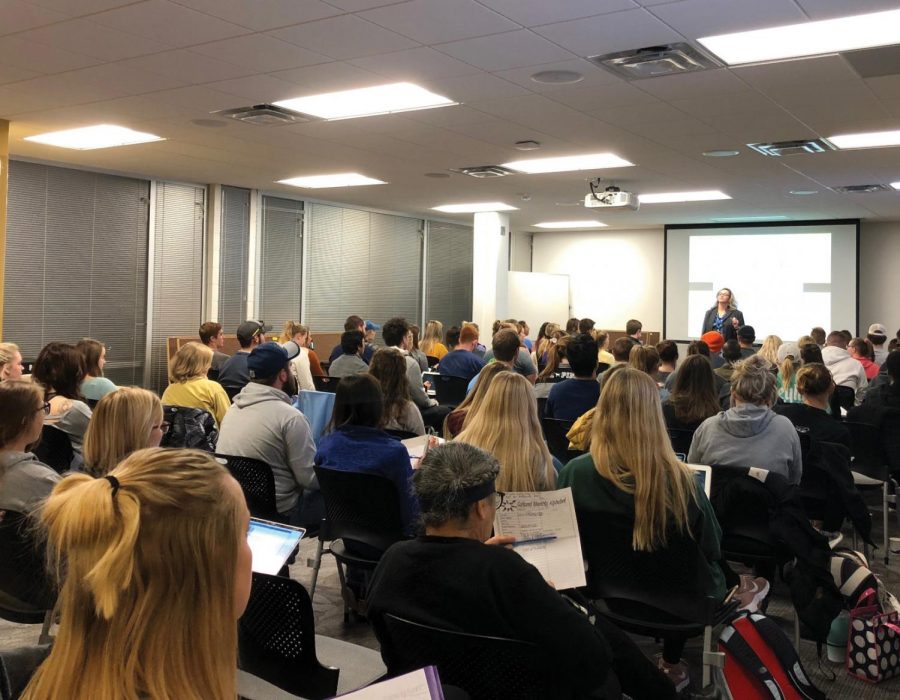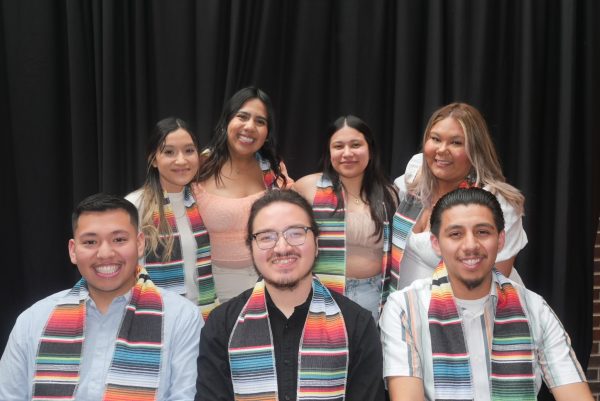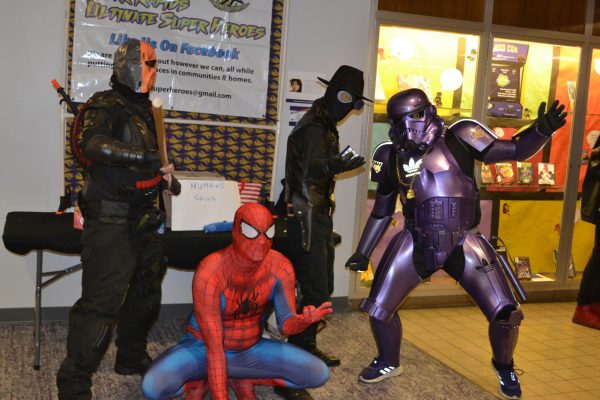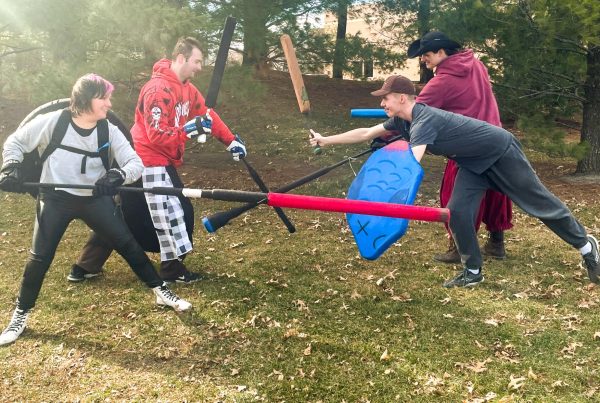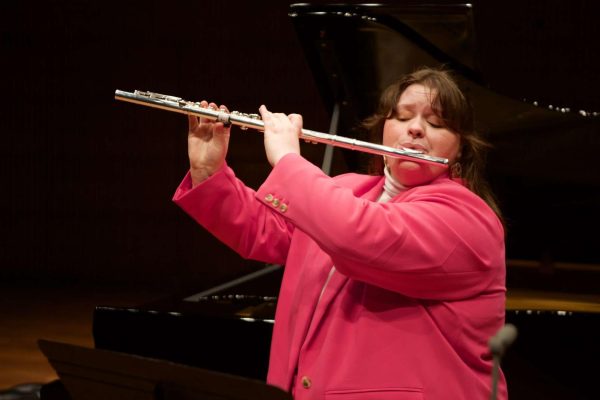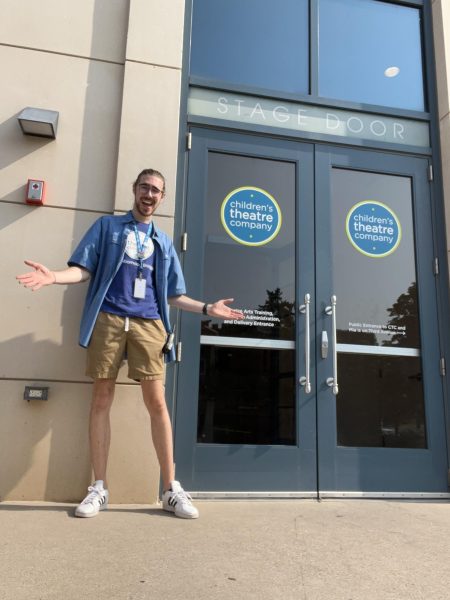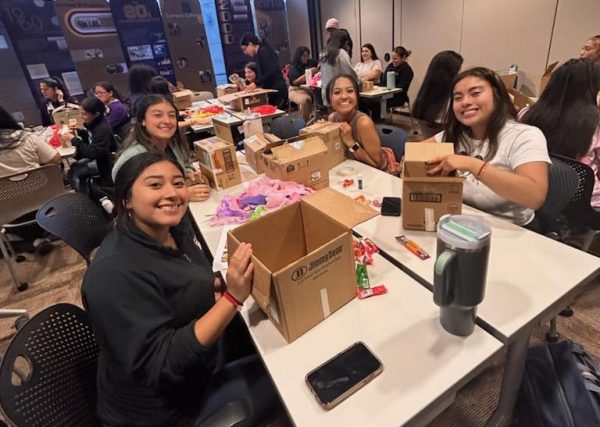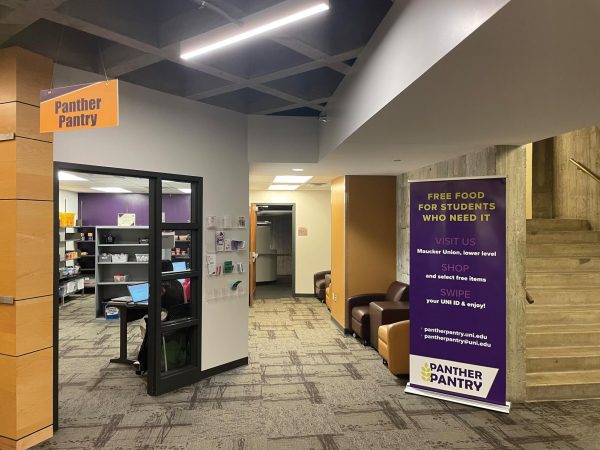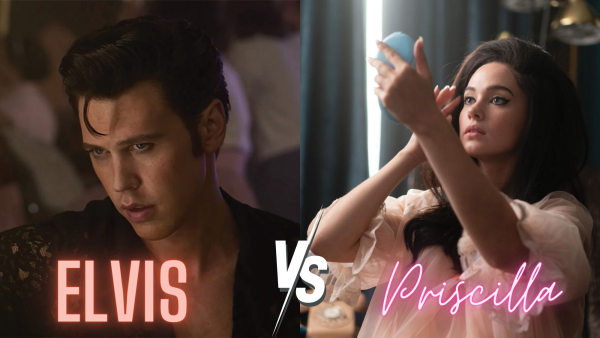Professor discusses diversity in the media
Criminology professor Gayle Rhineberger-Dunn presented “Myth vs. Reality: Race, Gender and (In)justice in the Media” in Rod Library last Thursday.
Oct 29, 2018
From strangers in dark alleys to what victims look like, attendees of “Myth vs. Reality: Race, Gender, and (In)justice in the Media” learned about inaccurate portrayals of crime in the media.
The talk was given by UNI professor of sociology, anthropology and criminology, Gayle Rhineberger-Dunn, on Oct. 25 in Rod Library.
The presentation focused on depictions of race, gender, crime and injustices in prime-time crime television programs, news media and other popular culture outlets, as well as the significant consequences of these inaccurate media portrayals.
Dunn began her presentation with an exercise. She instructed audience members to close their eyes and empty their minds. She then said the words “offender” and “victim” and had everyone write down what first came to mind.
Rhineberger-Dunn said that when most people think of the word “offender,” some of the most common words written are “men,” “black” and “violence.” Some of the most common words associated with “victim” are “woman,” “white” and “weak.”
“I knew that the media did a poor job of how they represented different races and genders, but I never realized how extreme the statistics were or how they compared different races and victims in the media,” said Alexis Johnson, a senior social science education major. “I also realized that the crime shows I watch really enforce what the media is portraying about gender, race and injustice.”
Rhineberger-Dunn first discussed where we get our perceptions of offenders and victims, noting most people have not, nor will ever, experience being a victim or an offender. Depictions of offenders and victims in the popular media have skewed our reality and given us a misinterpretation of who these victims and offenders are.
Rhineberger-Dunn then explained how people make important judgement calls based on this skewed reality. She said people vote and are placed on a jury, making decisions about other people’s lives when they may not be well-educated on the topics at hand.
“A lot of people on a jury make judgments based off of rape myths,” Rhineberger-Dunn said. “They say, ‘well, she knows that man so it can’t be rape,’ since most rapes are depicted as being brutal and occurring by strangers in back alleys, when that is not typically the case.”
People shape the images of who offenders and victims are because people only see what sells, Rhineberger-Dunn said. They only see brutal offenses and terrible crimes depicted in shows because that is what audiences find most interesting. In reality, the most common offenders are white men, not the black or Hispanic stereotype that people often believe.
Rhineberger-Dunn conducted research where she tracked how facts were conveyed in crime shows. The research revealed that white men were mostly the ones giving facts — even more so when in a power role such as a supervisor. Black men were most likely to be the coroners in the show, however, and gave the least amount of facts.
Rhineberger-Dunn also tracked how these crimes are portrayed in the news. She said white victims are more predominantly shown. A comparison of numbers in FBI records versus numbers of crimes covered in the media demonstrated that victims who are people of color and male are both underrepresented in the news.
Rhineberger-Dunn proved this point by showing the audience pictures of white victims. Audience members were able to name several of the people on the screen. However, when it came to black male victims, only a few people were able to name two of the people on the screen.
Along with their predominant media exposure, a large number of white victims also have laws named after them. However, very few laws are named after black victims.
These misrepresentations lead to a skewed mindset of people’s identities and mistreatment of people of color. Rhineberger-Dunn said people tend to act on implicit bias — even when they do not mean to. Examples included moving away from a person of color in an elevator or a police officer reaching for his gun when he sees a black teenager.
Rhineberger-Dunn continued to stress the problem of how crime is depicted in the United States. She said there are several ways in which people were overrepresented and underrepresented, leading people to believe that there is a certain type of person who is the typical offender and a certain type of person who is a victim.
“The talk was super eye-opening because I never realized how strong the stereotypes are in crime shows and the media,” said senior math teaching major Kaelyn Koontz. “It was super interesting to see the impacts that these stereotypes have in our lives and the criminal justice system.”


